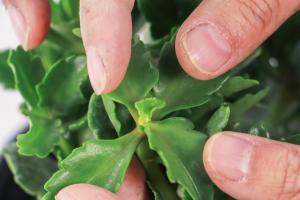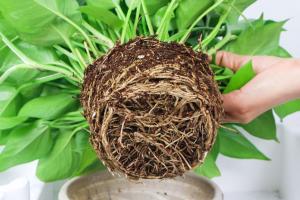How to Plant Fruit Trees in Clay Soil
Clay soil can be both a blessing and a curse when it comes to gardening. On the one hand, it tends to hold water well and provide nutrients to plants. On the other hand, it can be difficult to work with and may not drain well, leading to various problems. When planting fruit trees in clay soil, there are several things you can do to ensure the best possible results.
1. Choose the Right Trees
Some fruit trees do better in clay soil than others. For instance, peach, plum, and cherry trees tend to thrive in heavier soils, while apple and pear trees prefer lighter soils. Make sure you choose trees that are suited to the type of clay soil you have in your area. You can consult with a local nursery or extension service if you're not sure what type of soil you have.
2. Prepare the Soil
Before planting, it's important to prepare the soil properly. First, remove any weeds or grass from the planting area. Then, dig a hole that is slightly larger than the root ball of the tree you are planting. Add compost or other organic matter to the soil and mix it in well. This will help improve drainage and provide nutrients to the roots.
3. Plant the Tree Correctly
When planting the tree, make sure the root collar (where the trunk and roots meet) is level with the soil surface. Backfill the hole with soil and tamp it down gently to remove any air pockets. Water the tree well after planting, and apply a layer of mulch around the base to help conserve moisture and suppress weeds. Avoid planting the tree too deeply or too high, as this can lead to problems down the road.
4. Water Properly
In clay soil, it's important to water fruit trees deeply but infrequently. This encourages deeper root growth and can help prevent waterlogging and other issues. Water the tree regularly during the first year after planting, but reduce watering gradually as the tree becomes established. After that, water deeply once a week during the growing season, and less often during periods of rainfall.
5. Fertilize Appropriately
Fruit trees in clay soil may require additional fertilizer to help them grow and produce fruit. However, it's important to apply fertilizers at the right time and in the correct amounts. Too much fertilizer can lead to excessive growth, which may make the tree more susceptible to disease and pests. Consult with a local expert or garden center to determine the best fertilizers and application rates for your particular fruit trees.
6. Monitor for Problems
Finally, it's essential to keep an eye out for potential problems with your fruit trees. In clay soil, issues such as drainage problems, root rot, and nutrient deficiencies can be more common. Watch for signs of stress such as wilting or yellowing leaves, and address any problems promptly. Regular pruning and maintenance can also help keep your fruit trees healthy and productive over the long term.
With these tips in mind, you can successfully plant and grow fruit trees in clay soil. Remember to choose the right trees, prepare the soil properly, water and fertilize appropriately, and monitor for problems. With a little bit of effort, you can enjoy a bountiful harvest of fresh, delicious fruit from your own backyard.

 how many times do yo...
how many times do yo... how many planted tre...
how many planted tre... how many pine trees ...
how many pine trees ... how many pecan trees...
how many pecan trees... how many plants comp...
how many plants comp... how many plants can ...
how many plants can ... how many plants and ...
how many plants and ... how many pepper plan...
how many pepper plan...

































